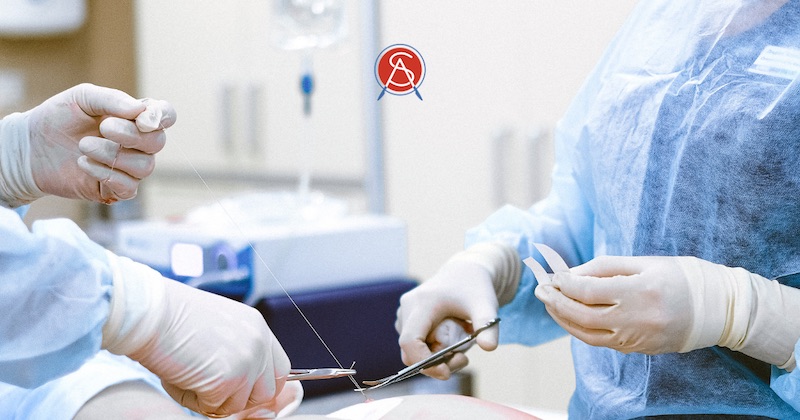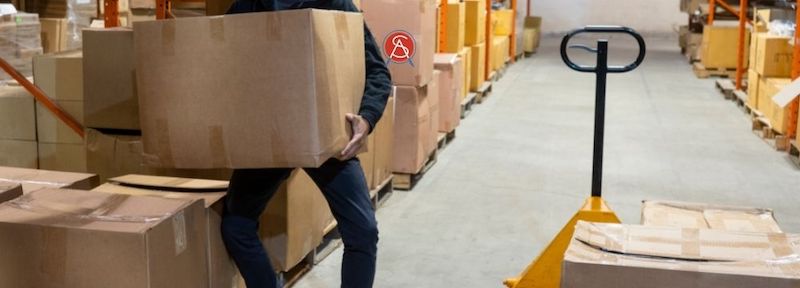
Incisional hernias are a relatively uncommon, but real concern after any surgical procedure. Anytime the skin, musculature and fascia of the abdomen is compromised – in this case due to the inevitable incisions needed for surgery, that area is inherently weaker than before. But how do we avoid incisional hernias in the abdomen?
First, undergoing minimally invasive for laparoscopic surgery is the best way to avoid an incisional hernia. Previous generations of open surgery, while very effective and safe, did come with a heightened risk of incisional hernia. This is due to the long single incision needed to perform the procedure. These long single cuts have been replaced by multiple tiny incisions that can be a small is 5 mm with laparoscopy. The chance of incisional hernia is therefore much lower.
Sticking to the postoperative plan – in many cases not lifting excessively for several weeks after surgery can also help ensure that the incisions heal properly and strongly. Many incisional hernias occur early on in the recovery process often as a result of patients over-exerting themselves.
Staying generally healthier can also help reduce the risk of incisional hernia. Patients who are overweight or obese have a higher intra-abdominal pressure which can increase the risk of an incisional hernia. Further, healthier patients have a more robust recovery process and their skin and musculature is often stronger and more resilient.
Ultimately, though, patients and their surgeons will discuss the best course of action for each particular circumstance. Not all patients are suited to minimally invasive surgery, but many are. Most importantly, following postoperative directions is the best way to ensure a safe and swift recovery, avoiding incisional hernias but also many of the other uncommon but possible complications associated with abdominal surgery.




